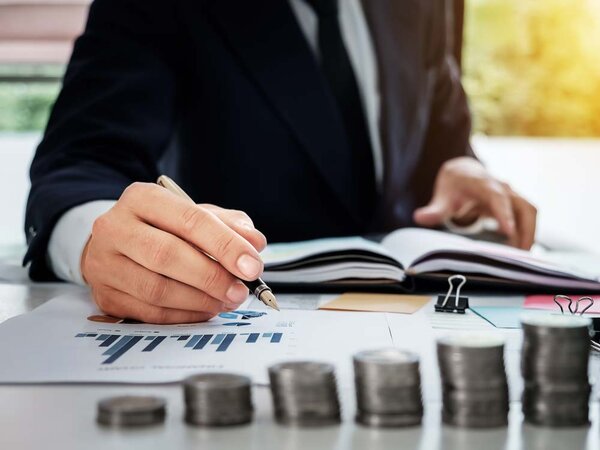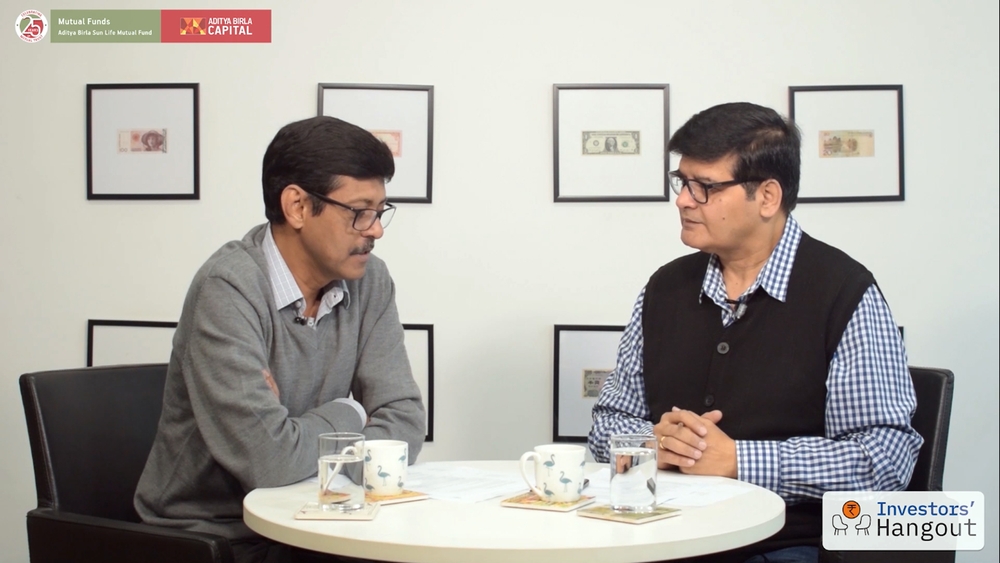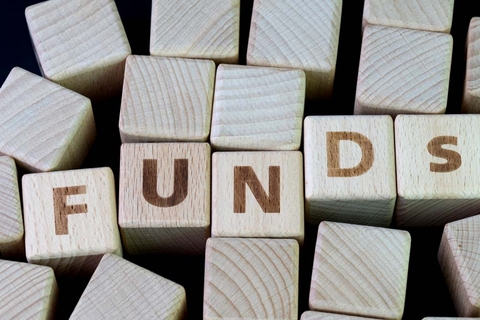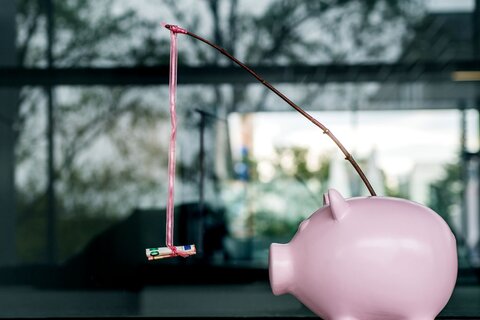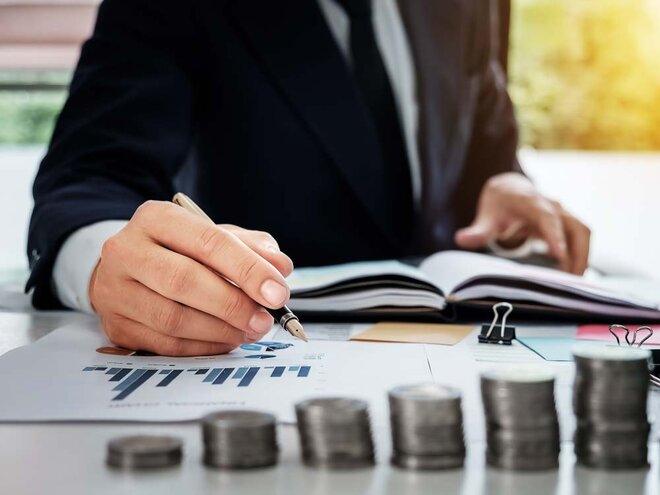
Value Research Stock Advisor has just released a new stock recommendation. You can click here to learn more about this premium service, and get immediate access to the live recommendations, plus new ones as soon as they are issued.
There are still a couple of months for the tax-planning pursuit to start. In February and March, many will suddenly realise that they had made certain tax-saving declarations to their companies at the start of the financial year. If they don't make those investments, their salaries will reflect a big tax cut. In order to avoid that pain, they will quickly find out some tax-saving avenue, invest in it and heave a sigh of relief.
This behaviour is generally counterproductive. That's because in haste, you may end up investing in an avenue which provides you dismal returns while locking your capital for a long time. What's more, you may be forced to keep investing in that avenue in the subsequent years, thanks to the mandatory tenures of some tax-saving investments, such as insurance plans.
The right time to start your tax-saving investments is the beginning of the year. If you haven't yet started making tax-saving investments, consider this article a reminder. When you start early, you can spend time in finding the right tax-saving option for you. You won't be overburdened with making lump-sum investments at the last moment. Finally, if you are investing in a market-linked instrument, such as a tax-saving fund, you can get to average your investment cost.
While there are many ways in which you can save tax, here we are going to talk about tax-saving investments in Section 80C, which allows you to make tax-saving investments up to `1.5 lakh in a year in the various instruments it mentions. These include tax-saving mutual funds (equity-linked savings schemes, ELSS), Public Provident Fund, Employees' Provident Fund, tax-saving deposits, the National Pension System, insurance policies, etc.
Tax-saving funds, or ELSS, have a special place among Section 80C instruments. First, they provide you equity exposure to help you grow your capital in the long term. Because all 80C avenues lock up your capital, it's sensible to aim for higher returns. Second, they have more transparency and efficiency than other equity-linked 80C products like unit-linked insurance. Third, the lock-in period for tax-saving funds is only three years as against five years for insurance plans, 15 years for the PPF and till retirement for the NPS.
But one should avoid investing a lump sum in ELSS. That's because you may catch a market peak if you do so. If the market falls after you have made a lump-sum investment, your return experience will sour. Worse, you may lose the motivation to invest any further. Hence, it's best to invest through SIPs. SIPs help you average your investment cost and improve your overall return experience.
It's also important to start seeing your tax-saving investments from a long-term perspective. It's a good idea to tie them with a long-term goal such as retirement. This will not just help you accumulate capital for that long-term goal but will also make you more responsible and concerned about your tax-saving investments. SIPs will do magic for you here. Let's assume that you invest `12,500 monthly (`1.5 lakh in a year) in a tax-saving fund that returns 12 per cent. You begin investing when you are 25 and go on doing so until you turn 60. In these 35 years, you will have accumulated a corpus of `8.04 crore. You achieve this by just being disciplined with your SIPs and taking your tax-saving investments more seriously.
According to a popular Chinese proverb, the best time to plant a tree was 20 years ago. The second best time is now. Plant your tree of ELSS investments now and regularly give it the water of SIPs to help it become a giant.


